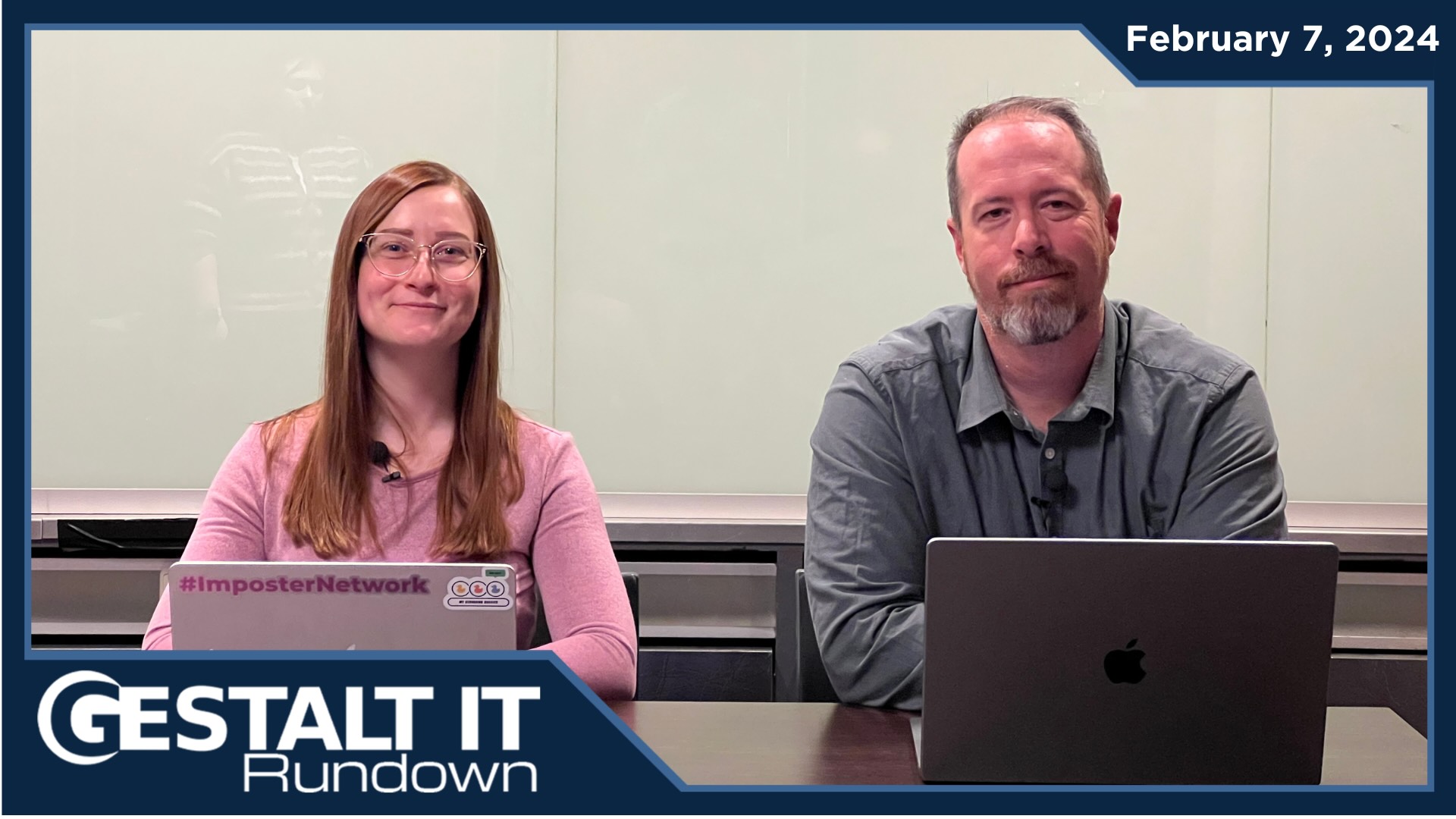HDS telegraphed that a big announcement was coming today. They even made it fun, with a (literally) cryptic blog entry to make sure we were all watching. But the announcement of High Availability Manager, a software product to manage existing HDS USP-V and USP-VM arrays, underwhelmed.
In fact, it’s difficult to tell exactly what High Availability Manager (we’re calling it HAM for now) really is. As noted by our own Chris Evans (USP-V — So Long And Thanks For All The Fish), HAM isn’t the next-generation USP-V with more-granular thin provisioning, automatic storage tiering, and expanded scalability. It isn’t HDS’ answer to the EMC Symmetrix V-Max and it’s forthcoming FAST technology.
So what is HDS up to here? For one thing, they’re not pre-announcing technology that won’t be delivered for some time. HAM appears to be in use at beta customers now, and will no doubt be generally available in short order.
As Storagebod tweeted, “it’s a teaser…the technology to move is part one but you need something to move to. New USP will be part two!”
This Can’t Be All!
Although I have no inside information, it is simple to speculate on what HDS will deliver soon. If I was the product manager for USP-V-II, here’s what I would demand:
- The next-generation USP-V must be far more scalable than anything we’ve seen yet. This means it must surpass the 8 “engines” and 2,400 drives of the current V-Max from EMC.
- It must also offer automatic tiering of storage from flash/SSD to Fibre Channel to SATA. In fact, HDS can one-up everyone else (except maybe IBM) by extending tiering to older, external, and even third-party storage arrays. Now that would be something!
- It must include next-generation datacenter Ethernet support, including 10 Gb FCoE and iSCSI.
- It must integrate with VMware vSphere and Microsoft Hyper-V, including native multipathing and full API support for snapshots and replication.
- It must be an easy upgrade from current storage systems, especially USP-V but also third-party arrays.
- Since it’ll be huge, it must have template-based management for hosts, LUNs, and HA features.
Ham It Up
My fear is that HAM will be used to provide some of these features in a not-exactly-integrated fashion. It will certainly be used for the upgrade path, but let’s hope it’s not the final word for the others. Consider that the “clustering” features of HAM would allow HDS to claim extreme scalability across geographies between multiple USP instances. Although this would not pass the sniff test of many who are hip-deep in enterprise storage, it would likely satisfy the sales-pitch one-upmanship needs when competing with EMC.
On reflection, all of the features mentioned sound exactly like what EMC announced last month! So HDS must have more up their sleeves. Even this USP-II can’t be all HDS has to offer!





Stephen,
We have to get past the hyperbole and consider real world implications. Perhaps the buzz around this set different expectations but there is real value to this but you have to consider it and put things in perspective.
Customers don’t ever have to do another data migration. That alone offers major value. Second, if they plan it correctly then customers can totally avoid paying extended maintenance fees. Extended maintenance fees can be ridiculous and kill iT budgets. And third, what other storage system can guarantee that applications never have to be brought off line again? For some customers this totally mitigates risk for mission-critical applications.
Tony
HAM II is coming, I have heard it referred to as SPAM (Storage platfrom availability manager) it comes in a compact container with one heck of a shelf life…
HAM II is coming, I have heard it referred to as SPAM (Storage platfrom availability manager) it comes in a compact container with one heck of a shelf life…
[…] If you're new here, you may want to subscribe to my RSS feed. Thanks for visiting!Two days ago, Hitachi announced a preconfigured stack that is perceived to compete with VMware/Cisco/EMC's vBlock. On one hand, this is pretty significant since it is the second enterprise announcement as far as I can remember since the current USP-V was announced in 2007 (itself a speeds-and-feeds announcement). The first was, of course, the over-hyped announcement that you could mirror USP-Vs and failover between them via MPI…. […]